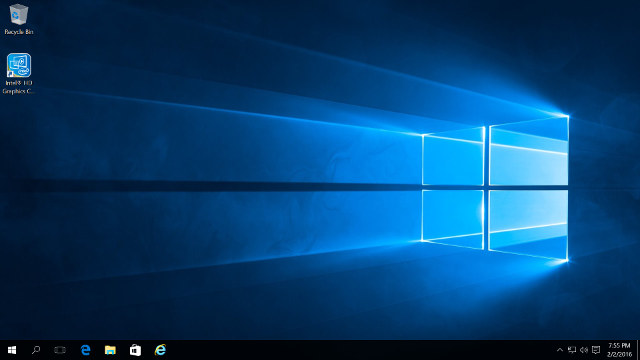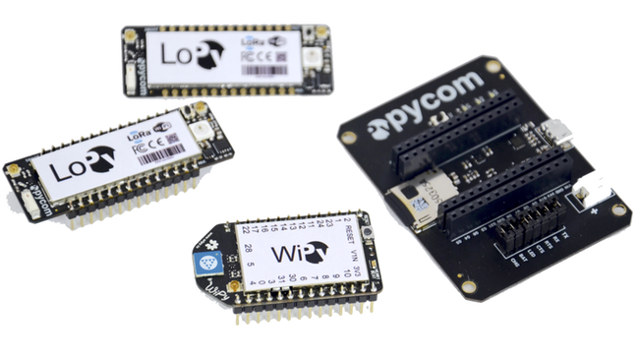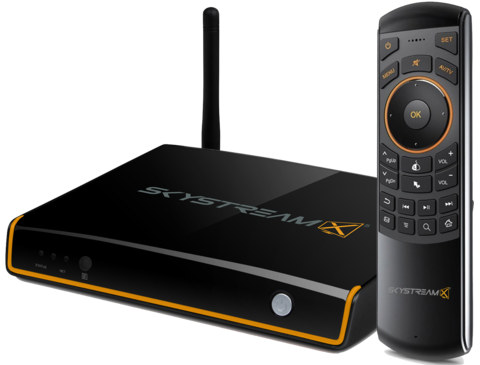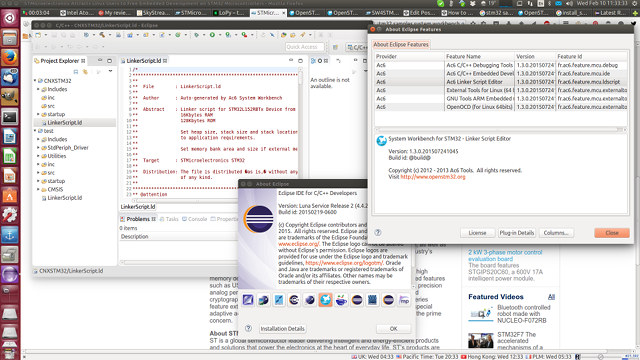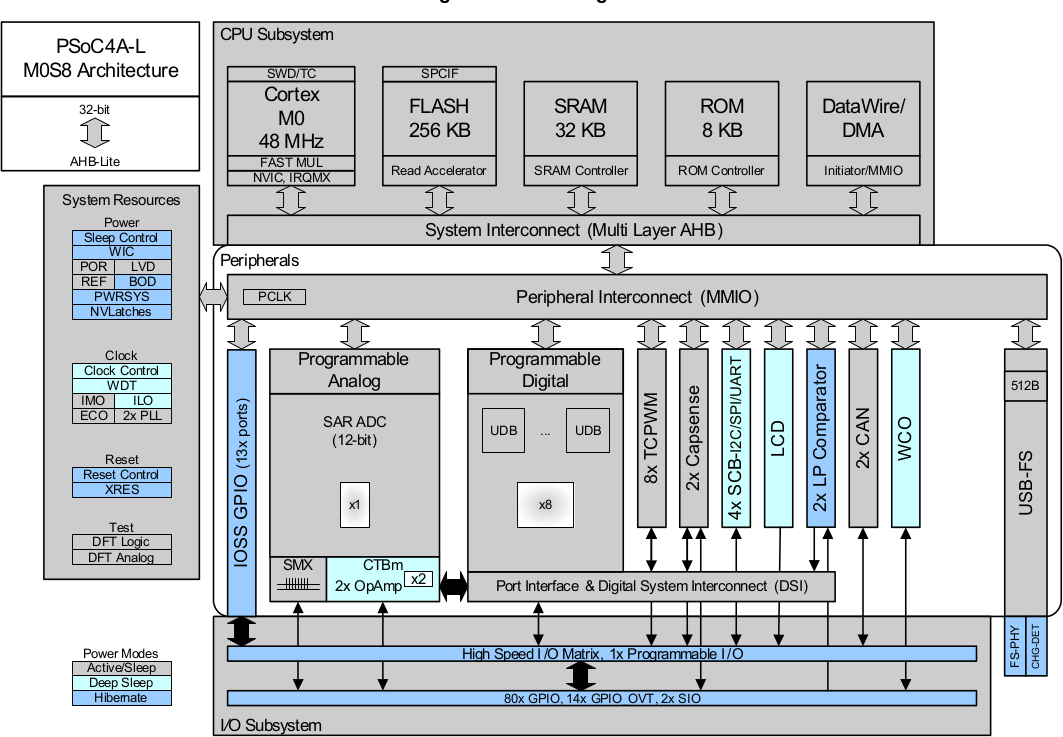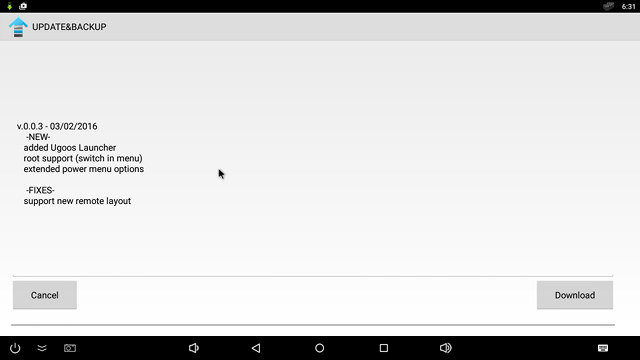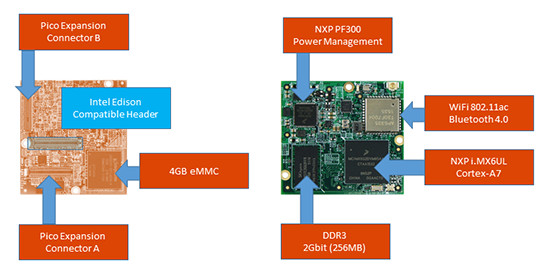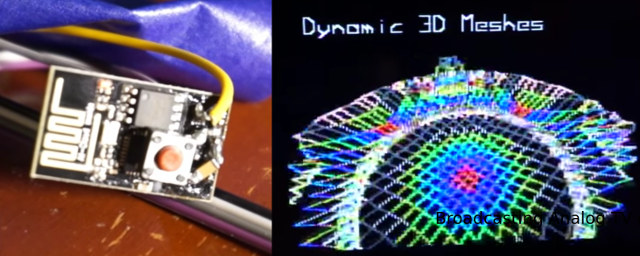MINIX NGC-1 mini PC is powered by an Intel Celeron N3150 quad core “Braswell” processor with 4GB RAM and a 128GB M.2SSD, and pre-loaded with Windows 10 Home. While the product aims to provide a convenient alternative to Intel NUC kits, as everything is pre-assembled and pre-installed, I’ll also compare the experience to Bay Trail and Cherry Trail mini PCs such as MeLE PCG03 or Tronsmart Ara X5. I’ve already provided NGC-1 specifications and some pictures, so today, I’ll test the capabilities of the device, and run some benchmarks in the review. MINIX NGC-1 Setup Once you’ve connected a USB keyboard and mouse, and the power supply, you are ready to start. Press the power button, the blue power will lit on the front of the device, and you’ll hear a beep and the very first time system will boot to Windows 10 setup screen where you’ll be asked to […]
LoPy Tiny IoT Developer Board Runs MicroPython, Supports LoRa, WiFi and Bluetooth (Crowdfunding)
Pycom launched WiPy last year, a WiFi IoT board based on Texas Instruments CC3200 ARM Cortex M4 SoC, and a few months after sending rewards to their Kickstarter backers, they are back on the crowdfunding platform to launch LoPy, another IoT development board that runs MicroPython and offers LoRa, WiFi and Bluetooth LE connectivity. LoPy board hardware specifications: SoC – Dual processor @ 160 MHz with WiFi & BLE radio with 400 kB RAM, 1MB flash External Storage – 4MB flash Connectivity 802. 11b/g/n @ 16Mbps with WEP, WPA/WPA2 WiFi security; SSL/TLS support; AES encryption engine. Bluetooth Classic and Low Energy LoRaWAN Semtech LoRa transceiver SX1272 @ 868 MHz (Europe) or 915 MHz (North America). Range – Node: Up to 40km; Nano-Gateway: Up to 5 km Nano Gateway Capacity – Up to 100 nodes. Internal chip antenna and u.fl connectors for external antennas Headers – 2x 14-pin headers for: Up […]
SkyStream X5 Android Streaming Media Player Also Includes an ATSC Tuner
While there’s now a decent choice of Android TV boxes with DVB-S2 or DVB-T2 tuners, devices with ATSC tuners are a little harder to come by, and the few Android devices I know of include WeTek Play, U4 Quad, and some Mygica (Geniatech) and Vygica ATSC Android set-top boxes. SkyStream X5 is now another option, based on Amlogic S812, mostly advertised as an Android streaming player, but still with one ATSC tuner to watch free-to-air television in North America, and a few smaller countries. SkyStream X5 specifications: SoC – Amlogic S812 quad core Cortex A9 processor @ 2.0 GHz with Mail-450 octa-core GPU System Memory – 2GB DDR3 Storage – 16GB flash + SD card slot Video & Audio Output – HDMI 1.4 with HDCP support + 3 RCA ports for composite and stereo audio Video Codecs – MPEG, MPE, MPG, M2V, ISO, TS, VOB, DAT, AVI, MKV, MP4, MOV, […]
STMicro Releases Linux based STM32 MCU Development Tools
Until a few years ago, most development tools for micro-controllers were only available for Windows, but as Linux gained popularity among developers and engineers, community of developers designed development tools running in Linux, but only a few companies are providing tools that run on Linux operating systems. The good news is that STMicro has just announced the release of STM32CubeMX configurator and System Workbench for STM32, for both Linux and Windows, with Mac OS supporting coming on Q2 2016. Developped by Ac6 embedded systems company, System Workbench for STM32 relies on Eclipse IDE, supports the ST-LINK/V2 debugging tool under Linux through an adapted version of the OpenOCD project, and can be used with various STMicro STM32 boards including Nucleo boards, Discovery kits, and other Evaluation boards. You can give it a try by visiting OpenSTM32 Community, but for some reasons they ask you to register before accessing the installation instructions. […]
Cypress Introduces PSoC 4 L-Series ARM Cortex-M0 MCU and Development Kit
Cypress Semiconductor has recently unveiled PSoC 4 L-Series micro-controller family based on ARM Cortex M0 core with more programmable analog and digital blocks, expanded memory, new peripherals and higher number of I/Os, as well as the corresponding Arduino compatible CY8CKIT-046 PSoC 4 L-Series Pioneer Kit to evaluate their latest solution. Key features of PSoC 4 L-Series MCU ARM Cortex-M0 CPU @ 48-MHz with DMA controller, up to 256KB flash, up to 32KB SRAM and up to 98 GPIOs CapSense with SmartSense auto-tunning – 2x Cypress Capacitive Sigma-Delta (CSD) blocks Programmable analog 4x configurable opamps 4x current DACs (IDACs) 2x low-power comparators (CMP) One 12-bit, 1-Msps SAR ADC Programmable digital 8x Universal Digital Blocks (UDBs) 8x configurable 16-bit TCPWM 4x independent serial communication blocks (SCBs) Full-Speed USB 2.0 controller 2x CAN Controllers Segment LCD Drive support up to a maximum of 64 output (commons or segments) Power 1.71 to 5.5 V […]
Ugoos AM1 4K TV Box Review
Ugoos AM1 is yet another TV box based on Amlogic S905. I’ve already published specifications and uploaded some pictures of the nice looking cyan box and its board, so today I’ll report on my experience after actually playing with the device, where I mostly focused on known problems found on other S905 mini PCs, and some extra features added to Ugoos firmware. First Boot, Settings, and First Impressions I filled all three USB ports with a USB webcam, a USB hard drive, and a USB hub with RF dongles for MINIX NEO A2 Lite air mouse, Tronsmart Mars G01 wireless gamepad, and a USB keyboard (convenient for screenshots), and connected Ethernet, HDMI and power cables. A boot will usually take around 30 seconds. Before going through the user interface, I’ll mention that OTA firmware upgrade worked very well, and it was one of the first thing I did before the […]
Wandboard Introduces $69 Hobbitboard Made for Brillo Powered by NXP i.MX6 UltraLite Processor
Wandboard was one of the first to launch boards based on Freescale i.MX6 Solo, Dual and Quad in early 2013. The boards are comprise of an EDM system-on-module and a carrierboard, that makes it not only suitable as a single board computer, but you could also use the boards to start developing software, while making your own carrierboard to match your application. Wandboard.org community sent me an email last night to let me know about their latest board called Hobbitboard, or in full “Hobbitboard Made for Brillo”, powered by NXP i.MX6 UltraLite Cortex A7 processor, which follows the same principle, and includes Hobbit Compute Module and Hobbit I/O Carrierboard. Hobbit Compute Module specifications: SoC – NXP i.MX6 UltraLite Cortex A7 processor @ 528 MHz System Memory – 256MB DDR3 Storage – 4GB eMMC flash Connectivity – 802.11ac WiFi and Bluetooth 4.0 (Ampak AP6335) Board Connectors – Two Pico Expansion header […]
You Can Now Connect ESP8266 Module to Your Color Television (Sort of)
You can do lots of things with ESP8266 WiFi modules, but CNLohr did something rather unexpected as he managed to use GPIO3/RX pin to broadcast NTSC signals first in black & white, and now in color, to his television’s channel 3. On the hardware side, he did have to disconnect the WiFi antenna, and connected a wire antenna to GPIO3/RX pin. He then set I2S to run at 80 Mbps, and pushed data out using DMA buffers, so he could achieved the 61.25 MHz frequency required for NTSC luminance data, and the color data, 3.579MHz higher up. Once the demo is running, you can alter it on the fly using a web neat interface. This is all explained on channel3’s github repository, as well as one a 15-minute video showing the capabilities and limitations, and explaining how you can play around with the parameters. Via ESP8266COM’s Tweet. Jean-Luc Aufranc (CNXSoft)Jean-Luc […]


